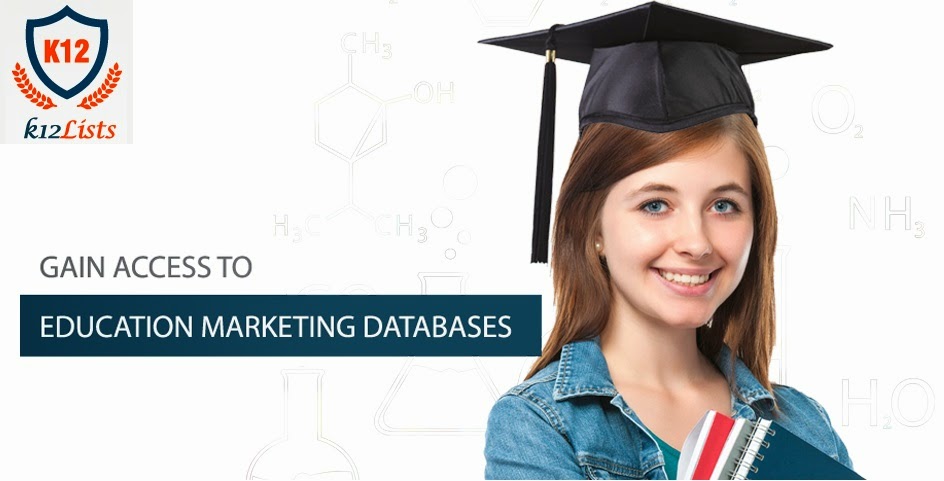
..we are his workmanship, created in Christ Jesus for good works, which God prepared beforehand, that we should walk in them.”
This is Ephesians 2:10 from the Holy Bible. This should give you a food for thought, how beautiful can words make a thought, a life and a people. This should all begin with children, even better at school. Considering how religion can improve the way a student should look at human beings, animals and the society and give his or her best, it is important that schools count in religious education in school.
The concept of ‘Learning from Religion’ will introduce world religions to children aged 4 to 11 years. What will such sections comprise? Students may be asked to read a passage of Holy Scripture or shown a statue or a picture arousing the interest in children about the gifts it might offer children. This kind of study not only challenges the imagination of students, but also emphasizes their value system with a typical consciousness for identification and empathy for people. This kind of religious education is being taught at schools in the USA full-fledged. Both primary and public schools are placing religious education as one of the primary bases for student development. Let us see how catholic schools deliver valuable religious education to their students:
Creation and Evolution: The catholic school way of teaching
Catholics preach that God has created all things, both visible and invisible. Catholic schools do not seem to follow the theological truths mentioned in the first books of Genesis. These truths are also genuinely based on science and historic accounts of the staring of the existence of the world. Catholic schools do not teach how and when everything in this world was created by God.
Catholic schools offering religious education amplify the richness of the faith in Catholicism, preach about uniting with Christ in his Church. Catholic schools tend to varied sets of learners and considering this context, the Religious Education Curriculum Directory makes the goals of Religious Education clear, which are:
- Offering appealing and an all-engaging content as a torch lighting the knowledge and comprehension of the Catholic faith;
- Facilitating constant deepening of understanding in the religious and theological Catholic beliefs in students and assisting them in connecting with the same and communicate it effectively;
- Displaying a genuine vision of the Church related to its moral and social philosophies so that students can make an assessment of the fundamental trends in this contemporary social atmosphere;
- Nurturing students’ consciousness of the Catholic faith as well as awareness of the traditions of other religious communities so that they can respect them too;
- Portraying the practical abilities of students which they can use for relating their Catholic faith to their day-to-day lives;
- Inspiring the imagination in students to arouse a yearning for inner meaning as displayed by the preaching of the Catholic faith;
- Empowering students to apply the knowledge achieved from Religious Education to their comprehension of other subjects in their syllabus;
- Clarifying the connection of life and faith, and faith and culture.
Written By: Jennifer Einstein
Written For: K12 Lists
For marketing professionals and education marketers
We at K12 Lists support exclusive business communication and correspondence between you and the Religious Schools in the U.S. through the Religious Schools Mailing Database.
Contact us for Religious School Email List at 855-354-7835 or write in at info@K12-lists.com
Sources: catholiceducation.org.uk; irishtimes.com; edutopia.org; whatchristianswanttoknow.com; gtigazette.com


